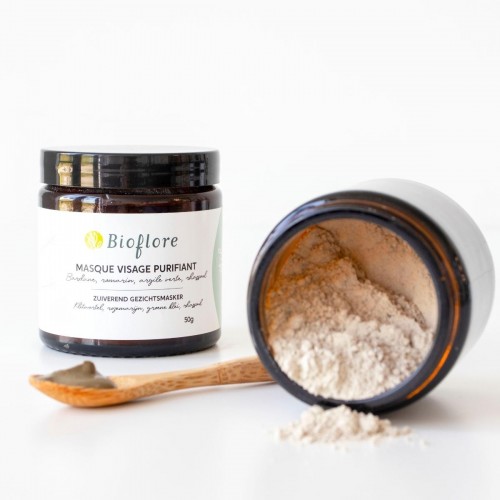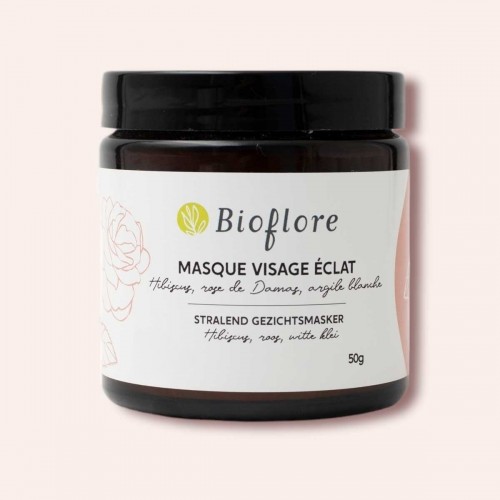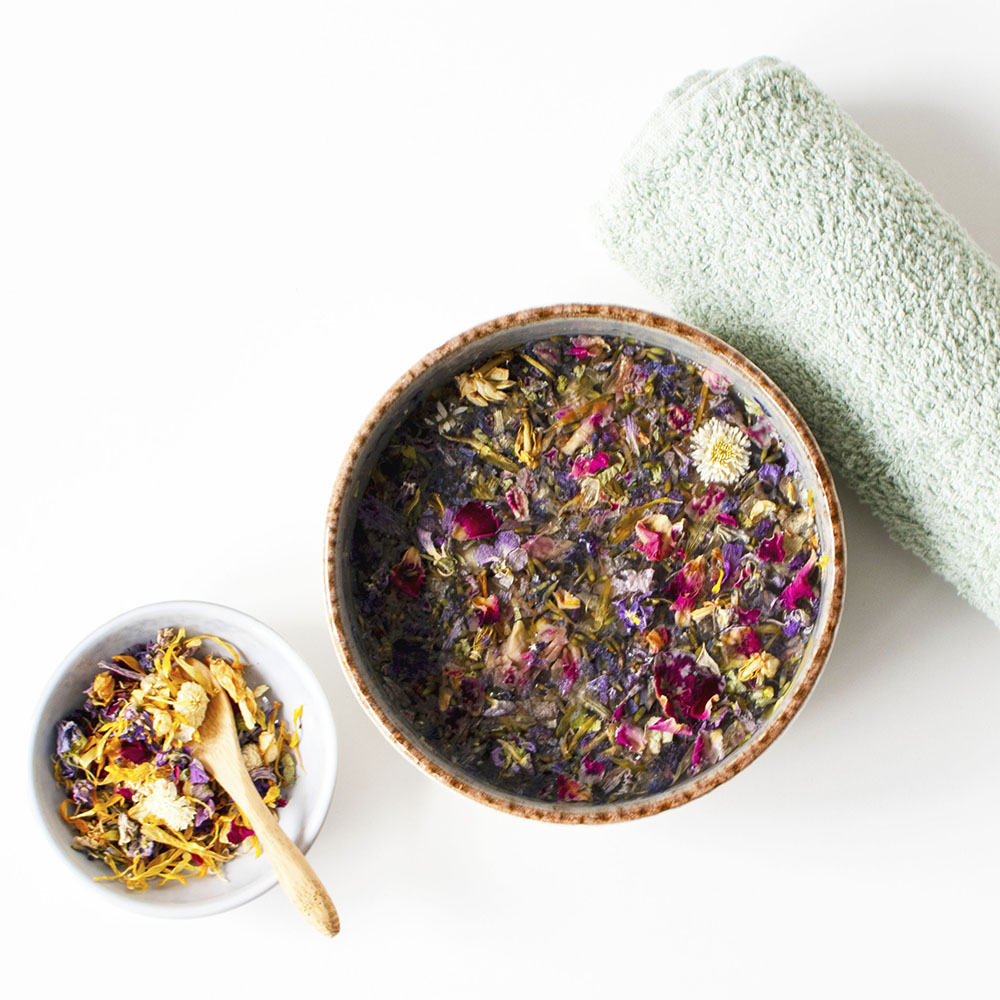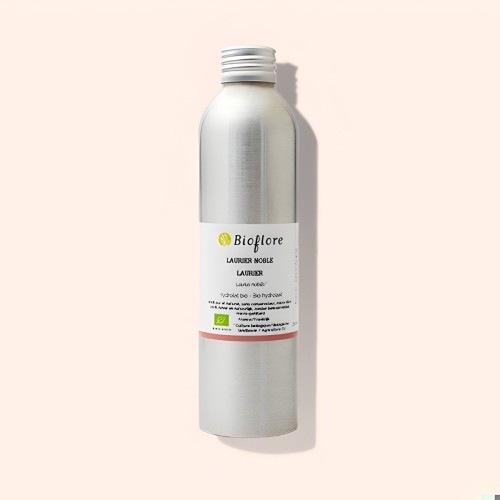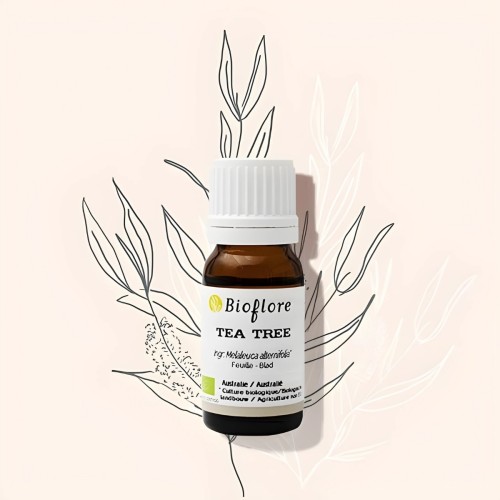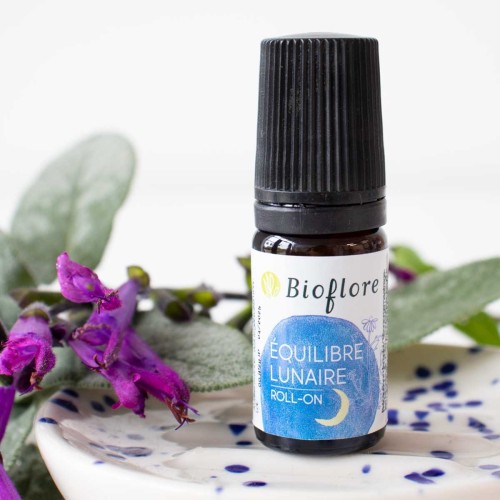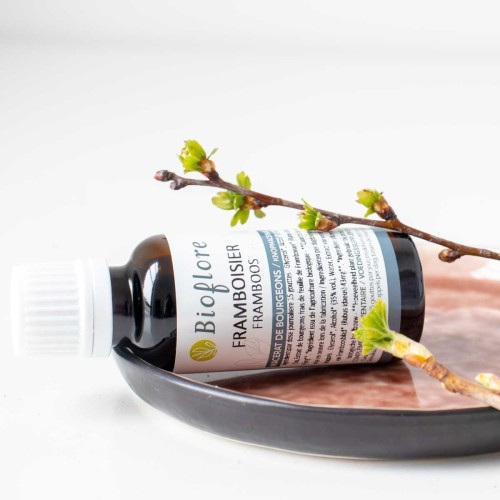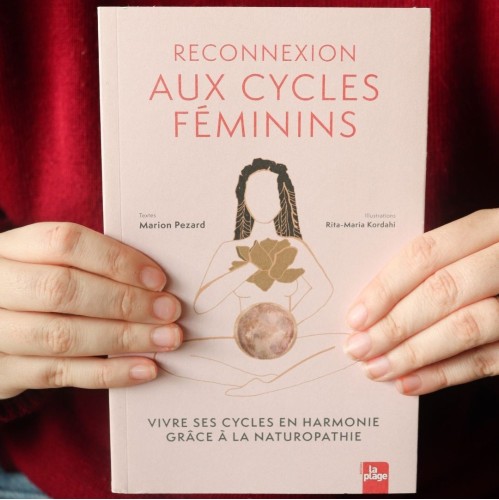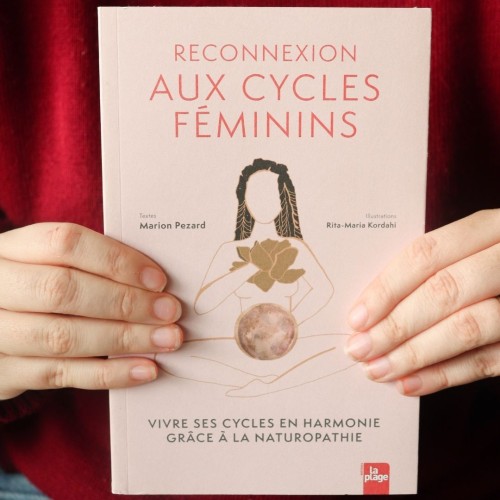Have you ever noticed how your skin changes throughout your menstrual cycle? We often see a few small pimples around the time of our period, but if we dig a little deeper, we realise that it's not the only thing that varies. Join us on a journey of discovery into the hormonal variations of your skin!
An article by Marion Pezard, naturopath and producer of the Podcast Healthyliving
Introduction: the role of hormones
First and foremost, it's important to remember that our gonadal hormones (oestrogen, progesterone, testosterone) are not only responsible for our menstrual cycle and fertility. These hormones have receptors in many other target tissues, such as the skin, breasts and brain, and protect our bodies in many ways.

The skin during the menstrual phase
At the very beginning of the cycle is the menstrual phase, a time of renewal during which oestrogen and progesterone fall in the absence of an embryo lodged in the uterus. This causes the endometrium, the mucous membrane that covers the uterus, to leak out and make a cosy nest just in case an embryo wants to lodge there. Even if every woman has the right to decide whether or not to dispose of her body and whether or not to have children, our body is programmed with the "reproduction of the species" option in mind and does everything it can every month to achieve this objective.
As far as our skin is concerned, a number of things can happen during our periods.
Firstly, the drop in hormones can make our skin drier, more sensitive and more fragile.
At the same time, when oestrogen and progesterone fall, testosterone remains, which is more or less stable and will therefore be higher than the other hormones that have fallen. This can lead to excess sebum and blemishes.
What to do during your period
It's the perfect time to take some time to yourself, in your cocoon, and treat your skin to a little mask tailored to your needs: either moisturising with plant oils that you massage into your skin, or purifying with, for example, green clay, black charcoal and a few drops of Tea tree essential oil.
This is also a good time to eat warm, comforting foods, so why not add some collagen-packed bone broth to your diet, which will help both your skin and your uterus to replenish.
The follicular phase: what impact does it have on the skin?
Once the flow has stopped, we enter the follicular phase, during which the brain stimulates the ovaries to mature the follicles, which produce more and more oestrogen as they grow. These oestrogens are taken up by various target tissues, including the uterus, which rebuilds its endometrium under their influence.
Oestrogen is a real ally for our skin, as it encourages the production of collagen and hyaluronic acid, which retains moisture. At this time of year, our skin is generally well vascularised and plumped up, with a lovely, luminous complexion - it's the best time!
What to do in the follicular phase
Start by appreciating and admiring your skin, it's good for your morale. Make the most of this period to keep well hydrated and enrich your diet with colourful fresh fruit and vegetables that will provide your skin with plenty of vitamins, minerals and anti-oxidants.
The ovulatory phase, its effects on the skin
The ovulatory phase is a truly pivotal moment of "hormonal switch" that can have an impact on various systems in our body, particularly the digestive and skin systems.
Oestrogen reaches its highest level, triggering a spike in LH in the brain, which in turn triggers the expulsion of a mature oocyte: this is ovulation.
Once the oocyte has been expelled, its envelope, called the follicle, which remains in the ovary, is transformed into what is known as the corpus luteum, whose role is to begin producing progesterone to specialise the cells of the endometrium and enable them to benefit from all the nutrients and blood vessels to accommodate a future embryo.
It is this switch from the dominance of oestrogen to that of progesterone that can cause difficulties, as the digestive system will have to eliminate the oestrogen that is no longer customary via the ball and the faeces, and this work is done in parallel with the arrival of progesterone, which has a slowing effect on the body and therefore also on our transit. As you can see, if the digestive system slows down, it will send waste to its right-hand side: the skin.
This is therefore a time when the skin may be a little oilier, have more imperfections and require special care.
What to do during the ovulatory phase?
The watchword here is elimination, so we're going to do everything we can to support it. On the programme: good hydration, plenty of cooked vegetables in the diet to encourage transit, movement to support intestinal peristalsis and plants to help the liver and transit in their mission: lemon, rosemary, mallow, or even artichoke and fumitory if necessary.
On a local level, don't hesitate to add a hydrosol of bay leaf, for example, to your routine, as well as two small drops of Tea Tree essential oil in your nourishing vegetable oil, and make a few masks with green clay.
The luteal phase
Last but not least in our tour of the cycle is the luteal phase.
This is a time dominated by progesterone, a slowing-down and anti-depressant hormone. It will be in place for as long as it takes the body to ascertain whether or not an embryo has taken up residence in our uterus. If it has, it will be maintained during the pregnancy by the corpus luteum and then the placenta, and if it has not, it will gradually fall to trigger menstruation.
Progesterone is a double-edged hormone for our skin. It is appreciated for its smoothing effect, as it tightens pores and refines skin texture, but if there is an excess of sebum at the same time, it risks being trapped by the tightening of pores and causing imperfections.
This 2nd situation is particularly acute just before your period, when, as we've seen, testosterone levels are a little high and can therefore encourage sebum secretion.
What to do in the luteal phase
Help your skin to sweat, by doing sport, taking a sauna or steam bath, taking hot baths or steam baths for your face (over a simmering pan, for example, unless you have redness or couperose).
At the same time, keep up your support for waste elimination by continuing to apply the advice given during the ovulatory phase.
A word from the naturopath
So that's it for an overview of your skin throughout your menstrual cycle. I hope this will help you to understand how to support your skin according to the problems you may encounter, and also to get to grips with the period of hormonal decline that can start as early as your mid-thirties and therefore have an impact on your skin. The more you can identify these changes and the reasons behind them, the better you'll be able to give your skin what it needs.
And as always, these indications represent the theory and if your skin doesn't quite follow these stages, don't panic - every body is different, so don't take this as an injunction.



